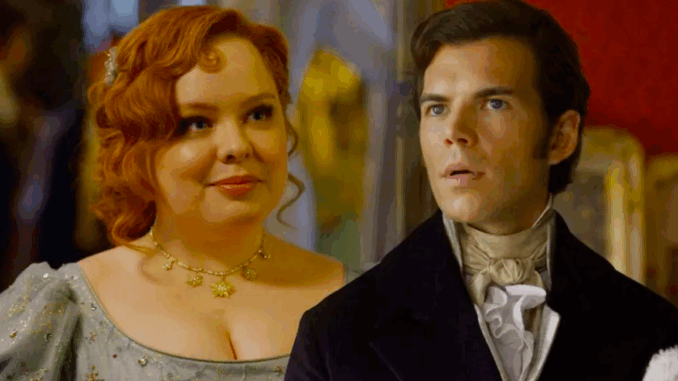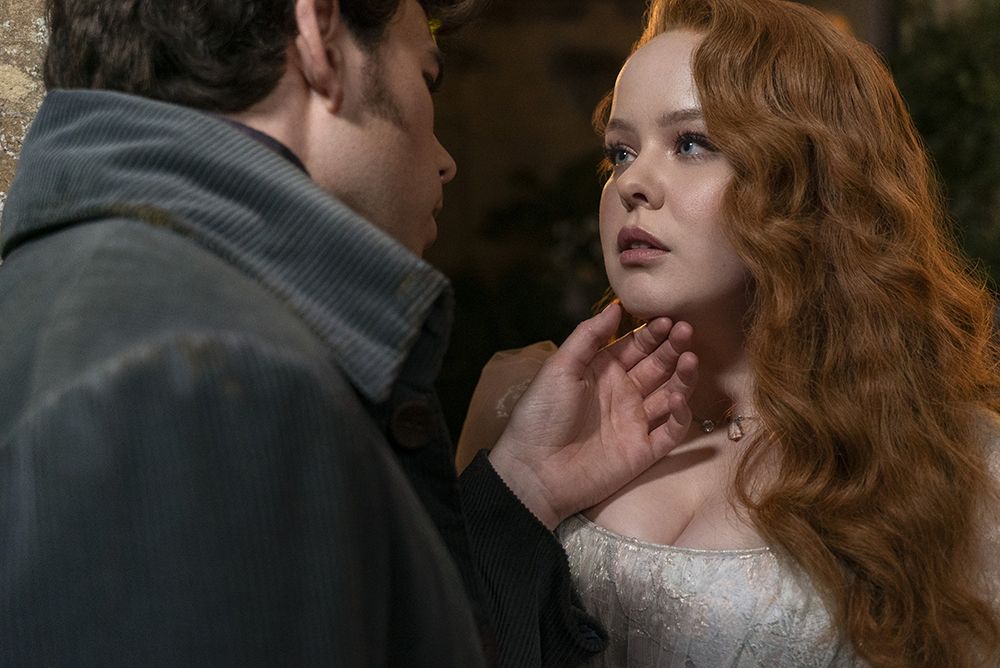
How Netflix’s Quietest Love Story Became Its Loudest Statement
When Bridgerton Season 3 premiered, many fans were ready for passion, scandal, and regency grandeur. What they didn’t expect was a season that would place a once-overlooked character—Penelope Featherington—at the heart of the entire emotional arc.
And yet, that’s exactly what happened.
Penelope and Colin—dubbed “Polin” by fans—became the central romance. But this wasn’t just a love story. It was a slow, revolutionary reclamation of voice, agency, and self-worth.
Why Polin Is Different

Unlike Daphne or Kate, Penelope isn’t a duchess-in-waiting. She isn’t even particularly admired. For two seasons, she’s been a wallflower. A secret writer. A watcher.
Colin, meanwhile, has always been a little lost—torn between charm and direction.
Their love story unfolds not through power plays or social games, but through recognition. Colin finally sees Penelope. Not as Eloise’s friend. Not as a Featherington. But as herself.
And for Penelope, being seen is everything.
The Power of the Makeover — and the Words Left Unsaid
Yes, there’s a glow-up. New gowns. Softer lighting. Strategic blush. But Penelope’s real transformation isn’t aesthetic—it’s emotional.
She stops waiting for Colin to change. She begins changing herself. Not for him, but for survival.
That’s what makes their eventual connection feel earned. The tension isn’t will-they-won’t-they. It’s: Will Colin grow up in time to deserve her?
By the time he proposes, we’re not watching a man rescue a woman. We’re watching two people meet as equals.
And that’s rare in romance. Especially in corsets.
